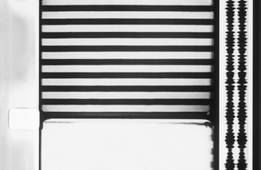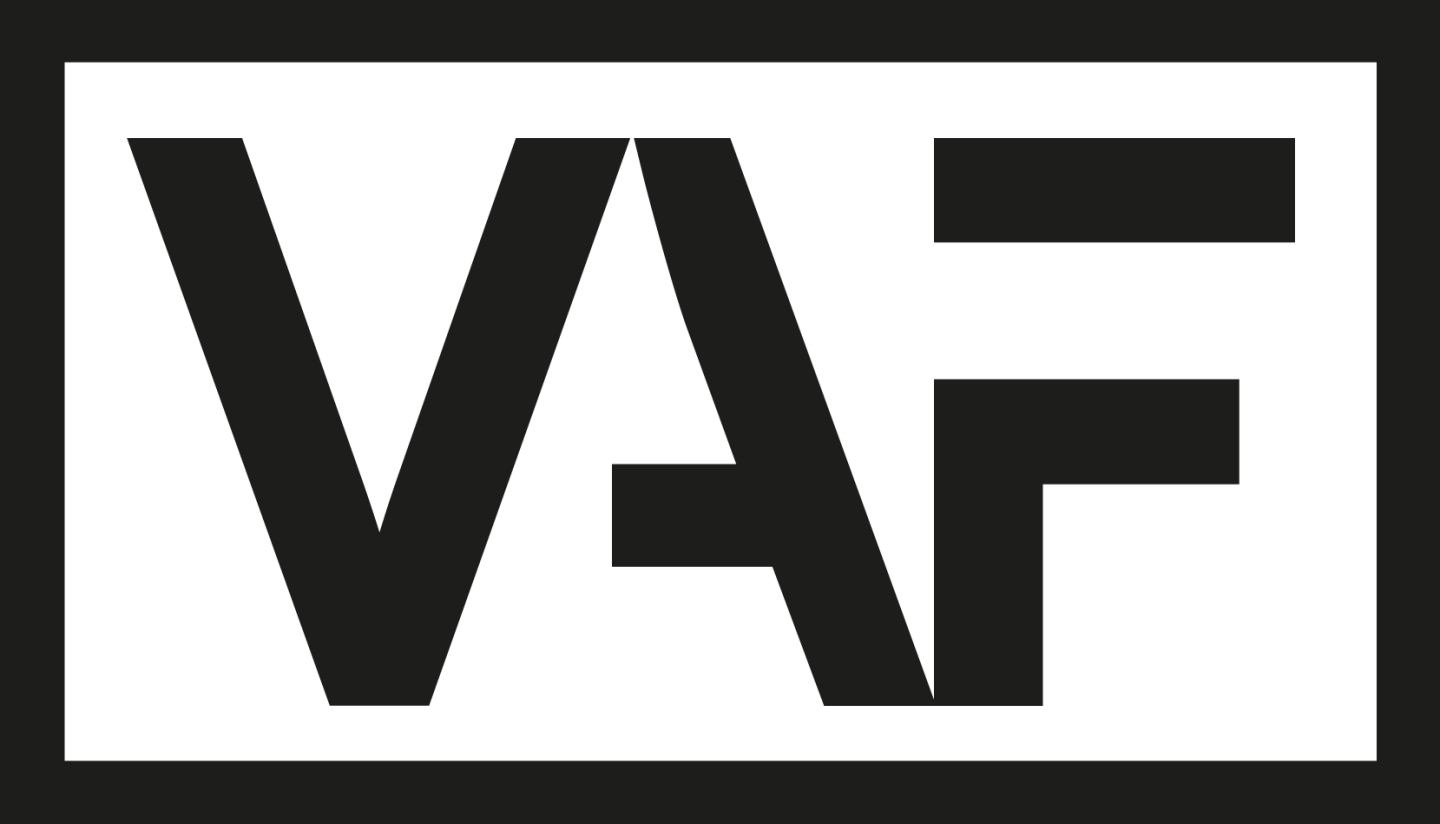19:00 - 21:00: ERNIE GEHR
INTRODUCTION
Daniel A. Swarthnas (Cinema Parenthèse)
MORNING
1968 | 16mm | color | silent | 5'00
In “Morning”, Gehr takes his camera through an exhaustive series of photographic variations, stretching the image of a loft window to the edges of plasticity in order to find the dynamic action of cinema in the very act of photography
TRANSPARENCY
1968 | 16mm | color | silent | 11'00
An "action" movie in which the processes of recording and projecting moving images are the protagonists and the field of action is the screen rectangle within which cinematic ripplings and combustions are offered for immediate sensual pleasure and enlightenment.
HISTORY
1970 | 16mm | b&w | silent | 22'00
I'd like to say more, but words fail me. This is historically reductive. That won't do. One makes choices. Choices are made. The opacity has been tapped. The black quivers, the matter is set in motion. There is light. Its primeval. pre - historic. At last, the first film! It trembles in the eye-mind. Unique. - Michael Snow
REAR WINDOW
1896-1991 | 16mm | color | silent | 10'00
A view from a Brooklyn apartment sublimates Hitchcock's voyeurism into a frenzied engagement with the visible. The film varies exposure or racks focus so that the flickering, spatially ambiguous patterns that press the limits of the frame momentarily dissolve themselves as tree branches or a fire escape or a shadow caught on the screen of someone's laundry rippling in the breeze. 'I cupped one of my hands in front of the camera lens and attempted to make tactile to myself light, color and image,' Gehr explains in his notes, linking the film to his father's death and calling it a 'hopeless attempt' to render the ephemeral tangible. - J. Hoberman
SIDE/WALK/SHUTTLE
1991 | 16mm | color | sound | 41'00
The initial inspiration for the film was an outdoor glass elevator and the visual, spatial and gravitational possibilities it presented me with. The work was also informed by an interest in panoramas, the urban landscape, as well as the topography of San Francisco. Finally, the shape and character of the work was tempered by reflections upon a lifetime of displacement, moving from place to place and haunted by recurring memories of other places I once passed through. - Ernie Gehr
Approximate time: 89'00
21:00 - 23:00: Tony Conrad
INTRODUCTION
Daniel A. Swarthnas (Cinema Parenthèse)
THE FLICKER
1966 | 16mm | b&w | sound | 30'00
This is a notorious film; it moves audiences into some space and time in which they may look around and find the movie happening in the room there with them. Much has been written about THE FLICKER. It is a library of peculiar visual materials, referenced to the frame-pulse at 24 frames per second. All flickering light is potentially hazardous for photogenic epileptics or photogenic migraine sufferers.
EYE OF COUNT FLICKERSTEIN
1967 | 16mm | b&w | silent | 7'00
The sustained dead gaze of black-and-white TV "snow," captured in 1965 and twisted sideways, draws the viewer hypnotically into an abstract visual jungle.
STRAIGHT AND NARROW
1970 | 16mm | b&w | sound | 10'00
Straight and Narrow is a study in subjective color and visual rhythm. Although it is printed on black and white film, the hypnotic pacing of the images will cause viewers to experience a programmed gamut of hallucinatory color effects. Straight And Narrow uses the flicker phenomenon not as an end in itself, but as an effectuator of other related phenomena. In this film the colors which are so illusory in The Flicker are visible and under the programmed control of the filmmaker. Also, by using images which alternate in a vibrating flickering schedule, a new impression of motion and texture is created.
FILM FEEDBACK
1974 | 16mm | b&w | silent | 15'00
Made with a film-feedback team which I directed at Antioch College. Negative image is shot from a small rear-projection screen, the film comes out of the camera continuously (in the dark room) and is immediately processed, dried, and projected on the screen by the team. What are the qualities of film that may be made visible through feedback?
ARTICULATION OF BOOLEAN ALGEBRA FOR FILM OPTICALS
1975 | 16mm | b&w | sound | 10'00
”Articulation of Boolean Algebra for Film Opticals” is one of the most austere and highly structure-dependent films ever, made without images other than six patterns of alternating black and white imposed upon the full surface of the film strip.
Total 72'00


